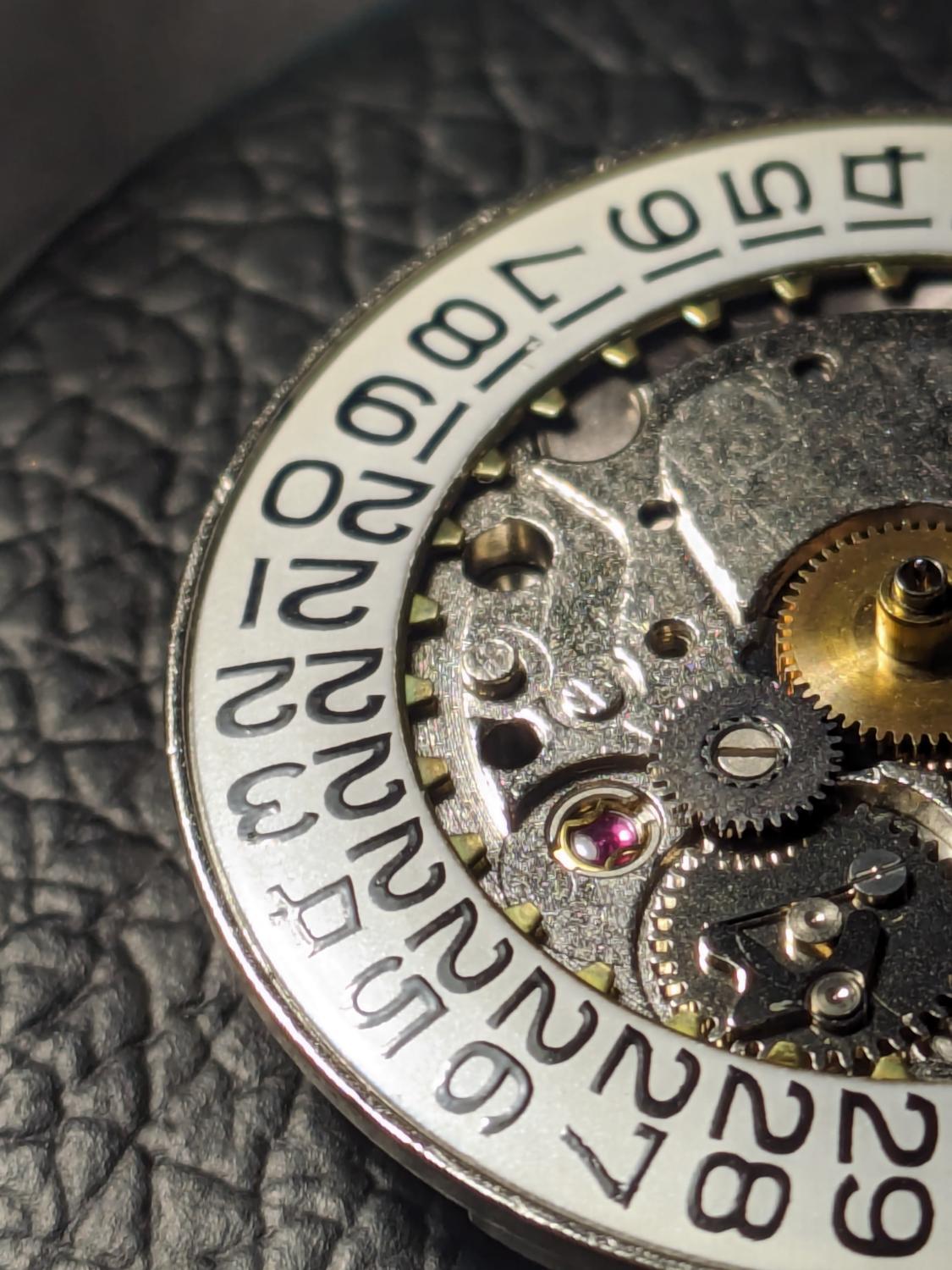-
Similar Content
-
Recently Browsing
- No registered users viewing this page.
-
Topics
-
Posts
-
By nevenbekriev · Posted
Put the arbor in the barrel in the correct direction and look at the hook of the arbor. It will show You the direction of the spring. -
By SwissSeiko · Posted
I do believe in one of the manuals I saw for the 2892 DD module, you could unscrew it from the 2892, and submerge the whole thing in your cleaning machine as a single unit. I havent tried that yet, but when I was having issues with my Omega 1140, I got lucky and found a brand new one in Poland, and ordered that. So, if someone needs parts from an 1140 Omega/2892, I have the chronograph module in my parts bin, although its disassembled. -
By ManSkirtBrew · Posted
They showed up! It's a perfect fit. Can't wait to populate it and try it out. -
By ManSkirtBrew · Posted
Lubed up, back together (minus the one screw), and I'd say not a bad result! Going to give it a day or two to run in while I clean up the case and regulate it again, but off to a good start. -
So it runs and keeps good time even with that train wheel. You are lucky I would point out to the owner about the wheel, just in case at some point they take it to a different clock maker.
-







Recommended Posts